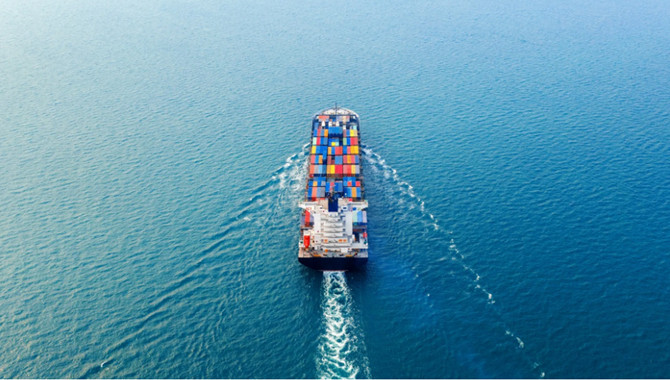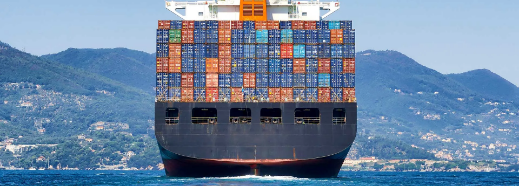Wärtsilä's integrated navigation system, Fleet Operations Solution (FOS) deploys voyage planning and weather routing that can help ship crew to steer clear of danger. Its Tracking and Awareness module offers full transparency on navigation, including weather map overlays, live vessel tracking and playback for incident investigation. Moreover, FOS Seakeeping module provides users with the information about comfortable and safe parameters of the vessel's movement (course and speed), which in the given navigation conditions of the voyage will minimise the potential risk of cargo movement and loss. The information is continuously updated, bringing the crew up to speed with the latest data, essential for executing safe and efficient voyages.
However, when it comes to tackling once-in-a-decade incidences of resonance that can put a ship or its cargo in danger, software can only ever be part of the solution.
Future solutions
On an industry level, IMO has included calculations to prevent parametric rolling and other dangerous phenomena in recent updates to its 2008 International Code on Intact Stability. But although helpful for providing general guidance, they do not help crews to avoid specific situations.
“These formulations are fairly rough,” says Schulz-Heimbeck. “If you base a prediction tool on this, for example, it will generate too many false alarms and would likely be ignored.”
If routing software is not the only solution to solve the problem, and IMO calculations cannot serve as a practical guide by themselves, perhaps there is a way of combining these elements? This is something that companies including DNV and Wärtsilä Voyage are working on today. The aim is to deliver routing and voyage planning services that include a better risk profile of situations that could potentially result in cargo loss.
Building this risk profile will be a far more effective way of minimising container losses in the future than redesigning stowage systems. However, cargo loss will remain a complex problem that requires a compound response. Putting responsibility on just one element to reduce losses – be it regulation, training, stowage design or a software – will be unlikely to bring an answer.
Source: Wartsila
The opinions expressed herein are the author's and not necessarily those of The Xinde Marine News.
Please Contact Us at:
media@xindemarine.com




 Ningbo Containerized Freight Index Weekly Commentar
Ningbo Containerized Freight Index Weekly Commentar  Ningbo Containerized Freight Index Weekly Commentar
Ningbo Containerized Freight Index Weekly Commentar  Ningbo Containerized Freight Index Weekly Commentar
Ningbo Containerized Freight Index Weekly Commentar  BIMCO Shipping Number of the Week: Bulker newbuildi
BIMCO Shipping Number of the Week: Bulker newbuildi  Ningbo Containerized Freight Index Weekly Commentar
Ningbo Containerized Freight Index Weekly Commentar  Ningbo Containerized Freight Index Weekly Commentar
Ningbo Containerized Freight Index Weekly Commentar